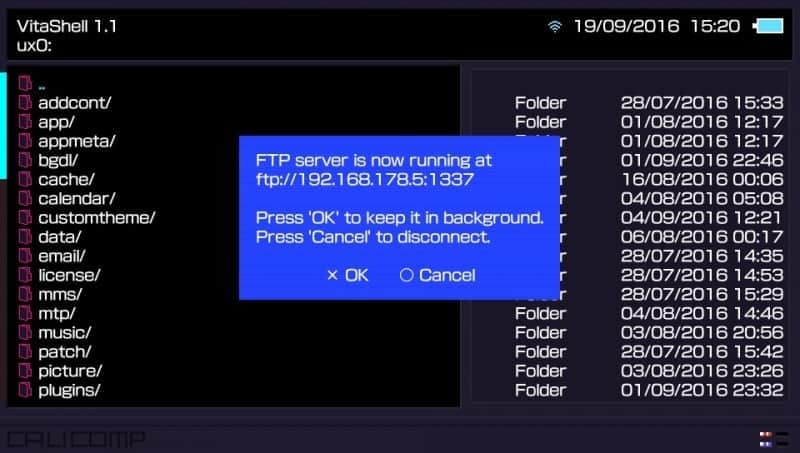

Customary data inputs to the program are a combination of dense, yet "fuzzy" data such as seismic attribute extraction and sparse, accurate data such as measured well log data. This program is the defacto standard within the seismic processing industry for regions with difficult statics problems.ISMAP is a geostatistical mapping tool designed for comparison and statistical analysis of mapped data sets. The optimum model is then used to calculate refraction statics for subsequent application to the seismic data in the processing flow, thereby improving the structural accuracy and image quality. These are then used to build a near surface gelogical model, which is optimized using generalized linear and tomographic inversion algorithms.

Any measured or calculated logs such as porosity, density or water-saturation, may be predicted and the technique may also be applied in pure log applications.GLI3D is designed to pick and interpret first breaks from 2D and 3D seismic data sets. Cross-validation is used to give confidence in the transform, prior to its application to the whole seismic volume. The technique trains on target data at the well locations using multi-linear and neural network algorithms until an optimum transform is derived. New and edited data can be saved within the project, exported as new well data or transferred through direct binary links to third party applications.EMERGE is designed to predict reservoir properties using seismic attributes and well log data.


The program provides an intuitive capability to manage, display and operate on seismic gather data for AVO attribute generation and crossplotting.eLOG is a comprehensive well log editing and modeling tool designed to prepare or create log data for use within the Hampson-Russell suite of applications. AVO is designed to analyze the fluid content of reservoir rocks through a combination of visual, analytical and modeling processes of the seismic and well data.


 0 kommentar(er)
0 kommentar(er)
